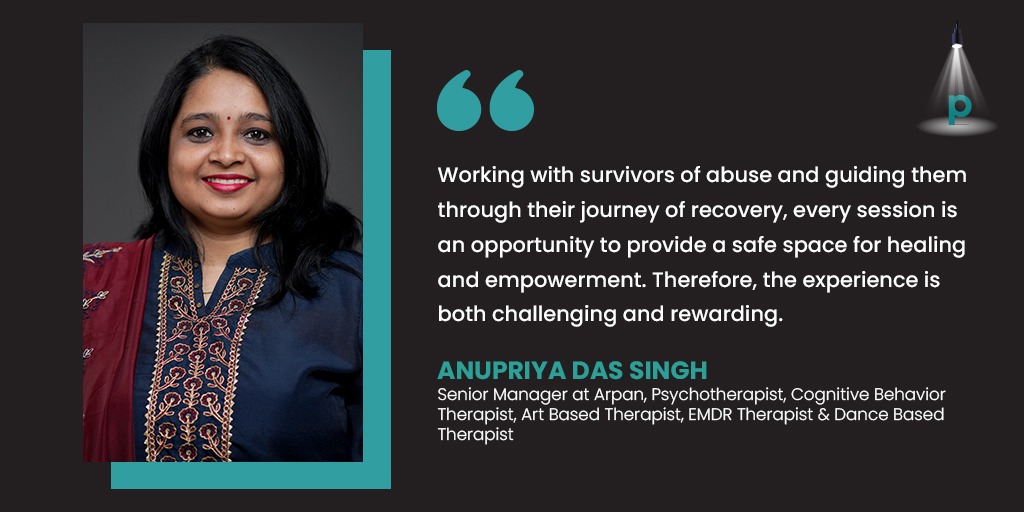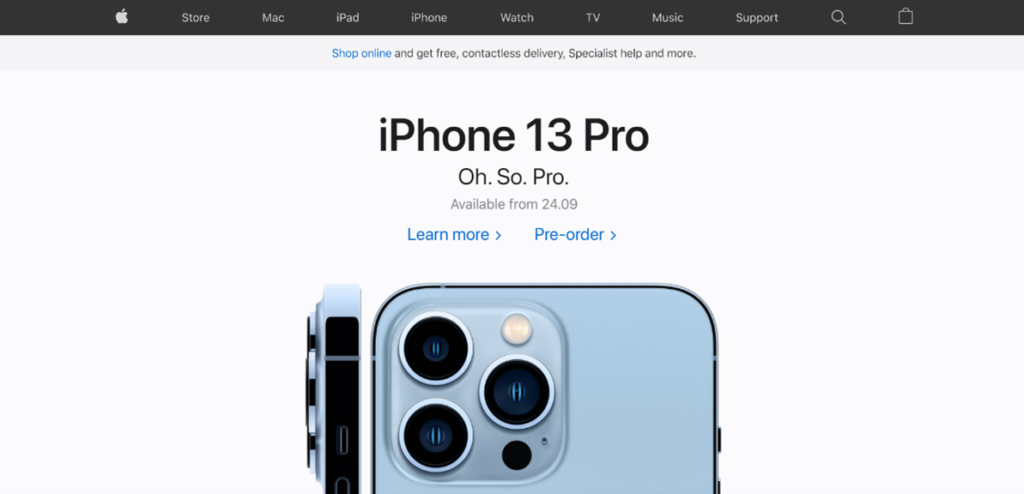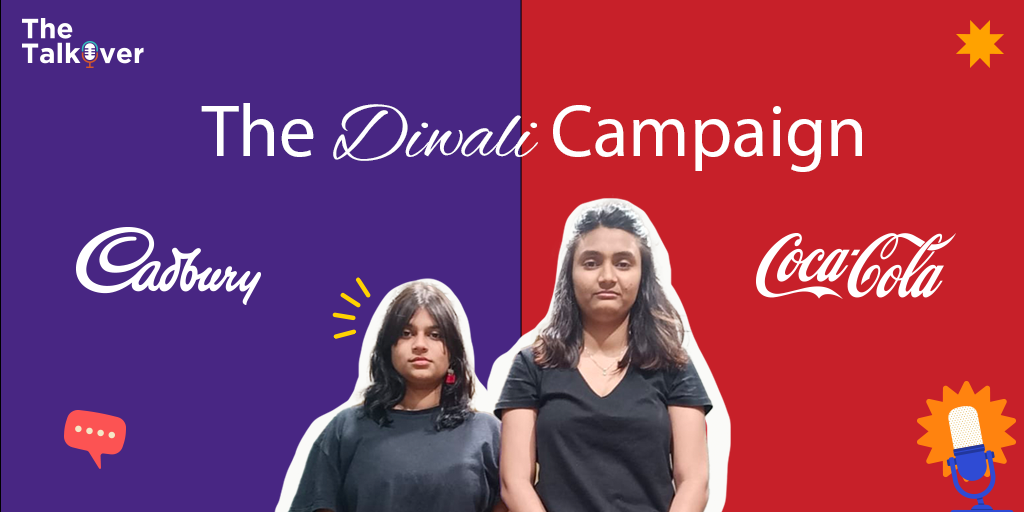In the fast-paced and ever-evolving realm of digital marketing, human resources (HR) professionals play a vital role in shaping the culture, talent pool, and success of digital marketing agencies.
Life as an HR Manager in a creative digital marketing agency is a dynamic experience that demands adaptability, a deep understanding of the digital landscape, and an unwavering commitment to fostering innovation and creativity.
Recruitment in the Digital Age
Recruitment in a digital marketing agency is a unique challenge. The industry thrives on innovation, data-driven decisions, and the ability to stay ahead of the curve in a rapidly changing landscape.
HR professionals must identify and attract talent who not only understand the fundamentals of marketing but also possess the agility to adapt to new technologies and trends. Being a creative digital marketing agency it is vital to be on pace with different types of age groups. A lot of our team members belong to the 20-30 years age group. It is important to understand the pulse of the talent landscape and be on top of hiring trends, channels, and practices, to be able to attract the right candidates within this demographic.
Nurturing a Culture of Innovation
Creativity and innovation are the lifeblood of digital marketing. HR professionals play a pivotal role in nurturing a culture that encourages out-of-the-box thinking. They create an environment where employees feel comfortable taking calculated risks, testing new ideas, and embracing continuous learning.
This culture of innovation also requires HR personnel to support and celebrate failures as opportunities for growth, learning, and improvement. It’s about fostering a mindset where setbacks are seen as stepping stones to success.
Talent Retention and Development
In an industry characterized by its competitive nature and constant changes, retaining top talent is a significant challenge.
In today’s creative agencies, a diverse blend of age groups coexists. Dominated by Gen Z, often recognized for their youthful and ‘trending’ approach, while millennials bring their experience to the table. HR professionals should make sure both groups benefit from each other’s perspectives and experiences.
HR professionals need to place a strong emphasis on nurturing employees’ growth, facilitating career progression, and ensuring a harmonious work-life equilibrium. Additionally, they must ensure that the workforce is equipped with all the necessary tools and resources to remain attuned to the ever-evolving industry trends.
Digital Marketing Expertise
To be effective in HR within a digital marketing agency, professionals must possess a solid understanding of digital marketing concepts and roles. This knowledge is essential for effectively evaluating and recruiting candidates, understanding the unique challenges of the industry, and collaborating with other teams within the agency.
HR teams should also keep a keen eye on emerging trends, such as artificial intelligence, automation, and data privacy regulations, which can have a significant impact on the industry. Staying informed about these developments is crucial for making informed HR decisions.
Summing up in my words
Life in HR in a digital marketing agency is a thrilling and demanding journey. HR professionals are tasked with recruiting and retaining the best talent, fostering a culture of innovation, and adapting to the ever-changing landscape of digital marketing.
Being agile, innovative, and deeply committed to nurturing creativity and staying at the forefront of digital marketing trends makes an HR professional successful.
Their contribution is pivotal in helping digital marketing agencies deliver outstanding results in a rapidly evolving industry.



















